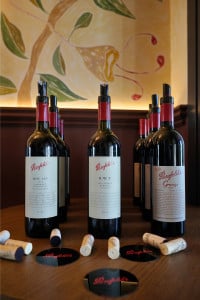1. Where and when was the Penfolds winery founded?
It's hard to believe, but the history of Penfolds actually began in 1844. At that time, English doctor Dr. Christopher Rawson Penfold emigrated to Australia with his wife Mary. The couple settled in South Australia, in Magill, near Adelaide, to be precise. Dr. Penfold brought not only a large part of his household goods to Australia, but also a few grapevines that he had previously purchased in France. When he planted them, however, he had no intention of making wine, but rather a tonic for his patients. While Dr. Penfold had his estate built on his land and named it ‘The Grange’. The began planting more vines on his property. But this did not result in wine either. Until his death in 1870, Dr. Penfold did nothing but make fortified wine in the style of port and sherry, which he used as a tonic for his patients.
His wife Mary did not change this when she took over in 1870. Except that she no longer offered the products as tonics. In fact, for over a hundred years, the Penfold family produced exclusively port, sherry and brandy, shipping them mainly to Great Britain. It was not until 1945 that Jeffrey Penfold Hyland, the founder's grandson, completely converted production to table wines when he took over the family business. Penfolds' wine history is therefore impressively short.




